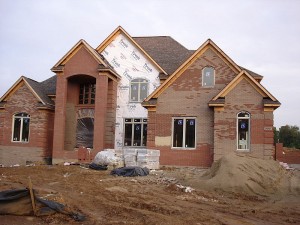per·ma·cul·ture; noun
ˈpərməˌkəlCHər/
-
the development of agricultural and landscape ecosystems intended to be sustainable and self-sufficient.
Permaculture has sometimes been called natural farming, forest farming and more recently, edible landscaping. It used to be the domain of people with large tracts of land like a family farm, and usually involved hippies, VW buses and every other usual counterculture stereotype you can think of.But permaculture in today’s society is much different, and appeals to both sides of the aisle.
Some want to be self reliant, self sufficient, and self sustaining. Ready to take charge of their own food destiny. Or perhaps they are just tired of spending so much of their already taxed enough, hard earned dollars on water, electricity, and chemicals.Others want to be organic; less reliant on chemicals and fertilizers that pollute our soil, water and skies. They want to feel that they are in rhythm with nature .Whatever viewpoint draws you to permaculture, we can help.Often, folks seem to think that if they go organic, they will have to suffer an invasion of weeds, and an occupying army of bugs that will destroy their beautiful gardens. And the sad thing is, they are probably right.Today’s average residential lawn has more than likely been stripped of its tops soil during construction, been propped up with chemical fertilizers, and has had every bug, weed or fungus ever spotted on the premises shot on sight with an A-bomb of chemical cocktails. Permaculture on the other hand is not a program that can be switched on and off like the proverbial light switch. Permaculture is just that; it is a culture. Something that has to be implemented one thing at a time, over a lot of time and oh so very slowly. It goes against the instant gratification syndrome suffered by so many of the Millennials and Gen X’s out there today.
Yet it is possible to maintain the beauty of the landscape using traditional methods of chemicals and fertilizers while implementing the mechanical changes necessary to make a landscape more environmentally friendly and less dependant on the use of such traditional methods. The next year you can slowly wean your way off those chemicals and be on your way to being more sustainable.
